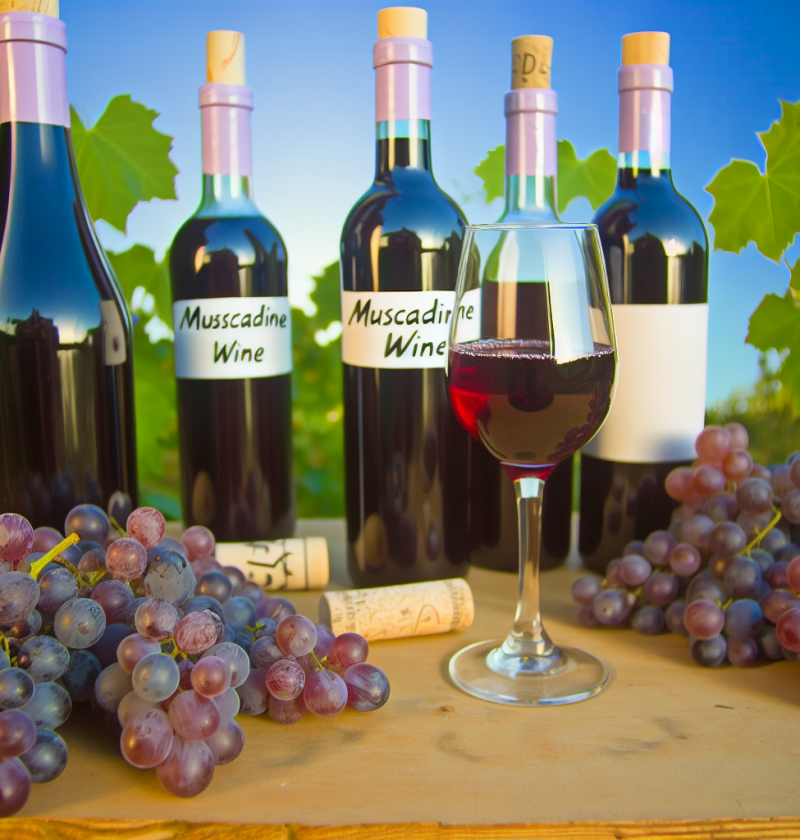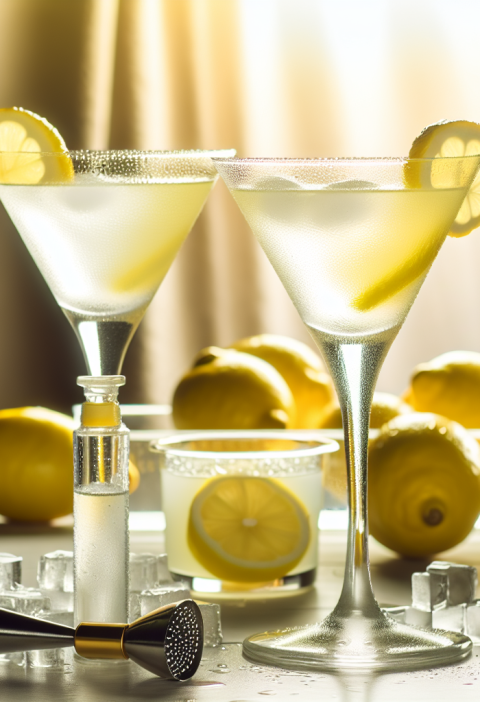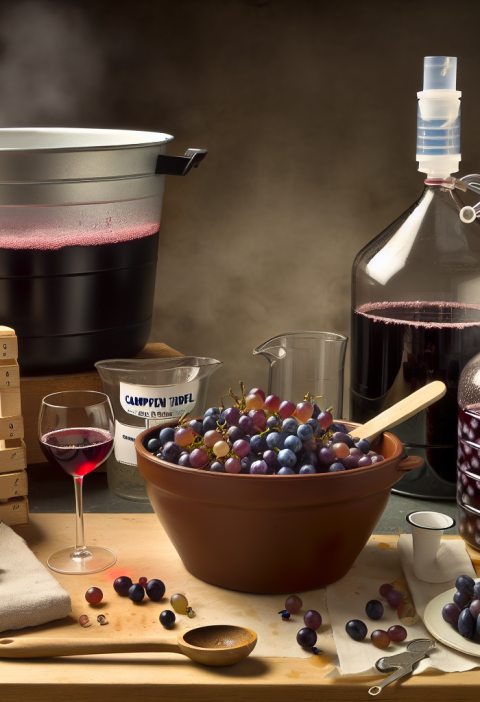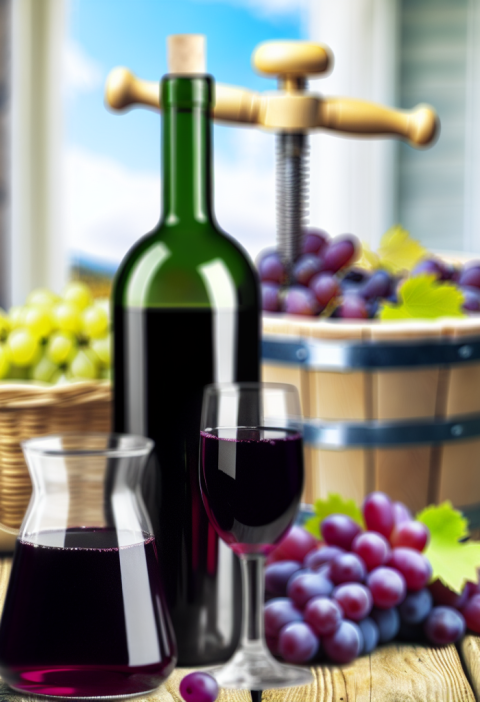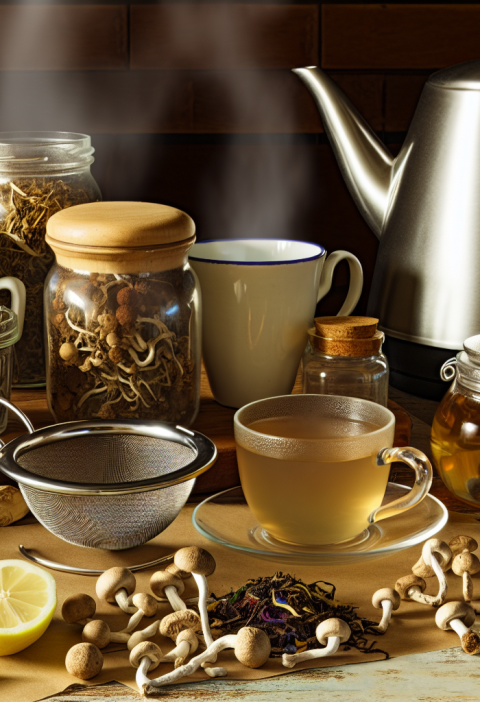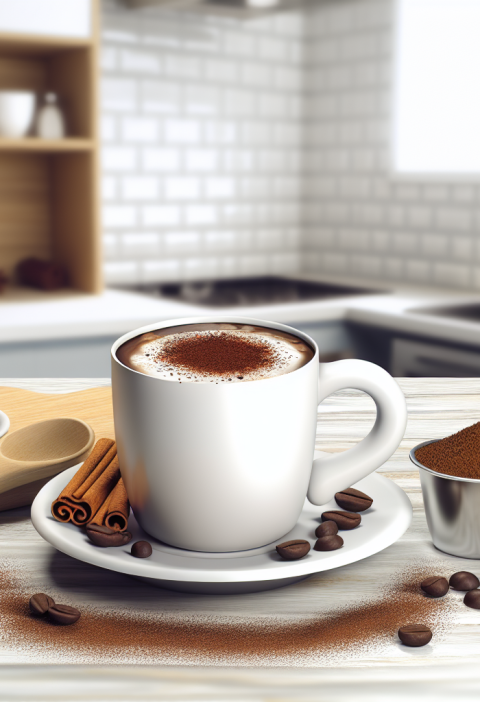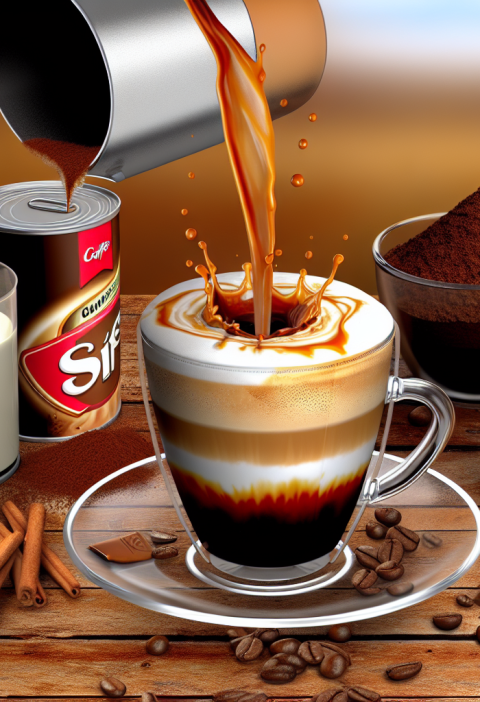Indulge in the Richness of Homemade Muscadine Wine: An Irresistible Recipe You Must Try!
Preparation Time
- Initial Preparation: 30 minutes
- Fermentation: 1-2 weeks
- Aging: 1-6 months
This recipe is suitable for approximately 4 bottles (3 liters) of wine and is of medium difficulty.
The Necessary Ingredients (Possible in All Kinds of Variations)
- 10 pounds of fresh muscadines
- 10 cups of granulated sugar
- 1 packet of wine yeast (Lalvin EC-1118 recommended)
- 1 campden tablet (optional, for sterilization)
- Water (to top up) – about 1 gallon
Alternative ingredients:
If you are vegan, ensure the wine yeast and additives align with vegan standards. For a healthier option, you can replace some of the granulated sugar with honey or agave syrup.
The Steps of Preparation (Possible in All Kinds of Variations)
- Rinse the muscadines thoroughly under cool water and remove any stems or leaves.
- Using a potato masher or your hands, crush the muscadines inside a large, sterile container (a fermentation bucket works well).
- In a separate container, dissolve the granulated sugar in a gallon of warm water, stirring until fully dissolved. Allow it to cool to room temperature.
- Pour the cooled sugar-water mixture over the crushed muscadines. Stir well to combine.
- Add a campden tablet (if using) to the mixture, which will act as a sterilizing agent. Leave it to sit for 24 hours.
- After 24 hours, add the wine yeast by sprinkling it on top of the mixture. Stir gently, ensuring an even distribution.
- Cover the fermentation container with a clean cloth or an airlock, allowing gases to escape but preventing contaminants from entering.
- Let the mixture ferment in a cool, dark place for 1-2 weeks. Stir daily to keep the skins from forming a cap.
- After the initial fermentation period, siphon the liquid into sterilized bottles or another clean fermenting container, leaving sediment behind.
- Seal the bottles with airlocks or loosely with lids and allow them to ferment further and age for 1-6 months for enhanced flavors.
- After aging, siphon the clear wine into clean bottles, taking care to leave any sediment behind.
- Cork the bottles securely and enjoy or store until you’re ready to serve.
Now that we’ve detailed the fermentation and aging process, let’s discuss the incredible health benefits that this wine brings.
Nutritional Benefits
- Rich in antioxidants, especially resveratrol, which supports heart health.
- High in vitamin C, aiding the immune system.
- Muscadines contain ellagic acid, known for its anti-carcinogenic properties.
- Source of dietary fiber, promoting digestive health.
- Moderate consumption is often linked to improved mental health and stress reduction.
Beyond its health benefits, there are countless ways to enhance the rich flavors of this muscadine wine.
Possible Additions or Upgrades to the Recipe
- Add a hint of vanilla bean during aging for a smooth, warm undertone.
- Infuse with spices like cinnamon or cloves for a festive twist.
- Blend with other fruits like blackberries or strawberries for an exciting flavor fusion.
- Experiment with oak chips to mimic traditional aging methods used in professional winemaking.
- For a sparkling version, add a secondary fermentation with champagne yeast.
Exploring these delightful additions will only elevate your wine-making experience. And now, let’s address some common questions you might have about this recipe.
Q&A
Can I use frozen muscadines?
Frozen muscadines can be used but ensure they are fully thawed before beginning the recipe.
What if I can’t find muscadine grapes?
You can substitute with other thick-skinned grapes, but the flavor profile will change.
Do I need special equipment?
A fermentation bucket and airlock are highly recommended but not strictly necessary. You can improvise with household items.
How long does muscadine wine last?
If properly stored in a cool, dark place, muscadine wine can last 1-2 years.
Why did my wine turn cloudy?
Cloudiness can result from residual yeast. Letting the wine clear before bottling often solves this.
Can I speed up the aging process?
Natural aging produces the best results. However, using oak chips can infuse aged flavors more quickly.
Is it possible to make a non-alcoholic version?
Yes, by following the same steps but skipping the fermentation process, you can make a flavorful muscadine juice instead.
How do I know when fermentation is complete?
Fermentation is usually complete when bubbles stop appearing in the airlock. A hydrometer can confirm this.
Can I reuse the yeast for another batch?
Reusing yeast is possible but not recommended as it can affect the quality and consistency.
What food pairs well with muscadine wine?
Pair this wine with cheeses, grilled meats, and earthy dishes to complement its rich, fruity profile.
I hope these insights inspire you to embark on your own wine-making journey. From my experience, sharing a bottle of homemade muscadine wine is a beautiful way to connect with friends and family. Give it a try, and don’t forget to share this recipe on social media and spread the joy of muscadine wine with your loved ones!

